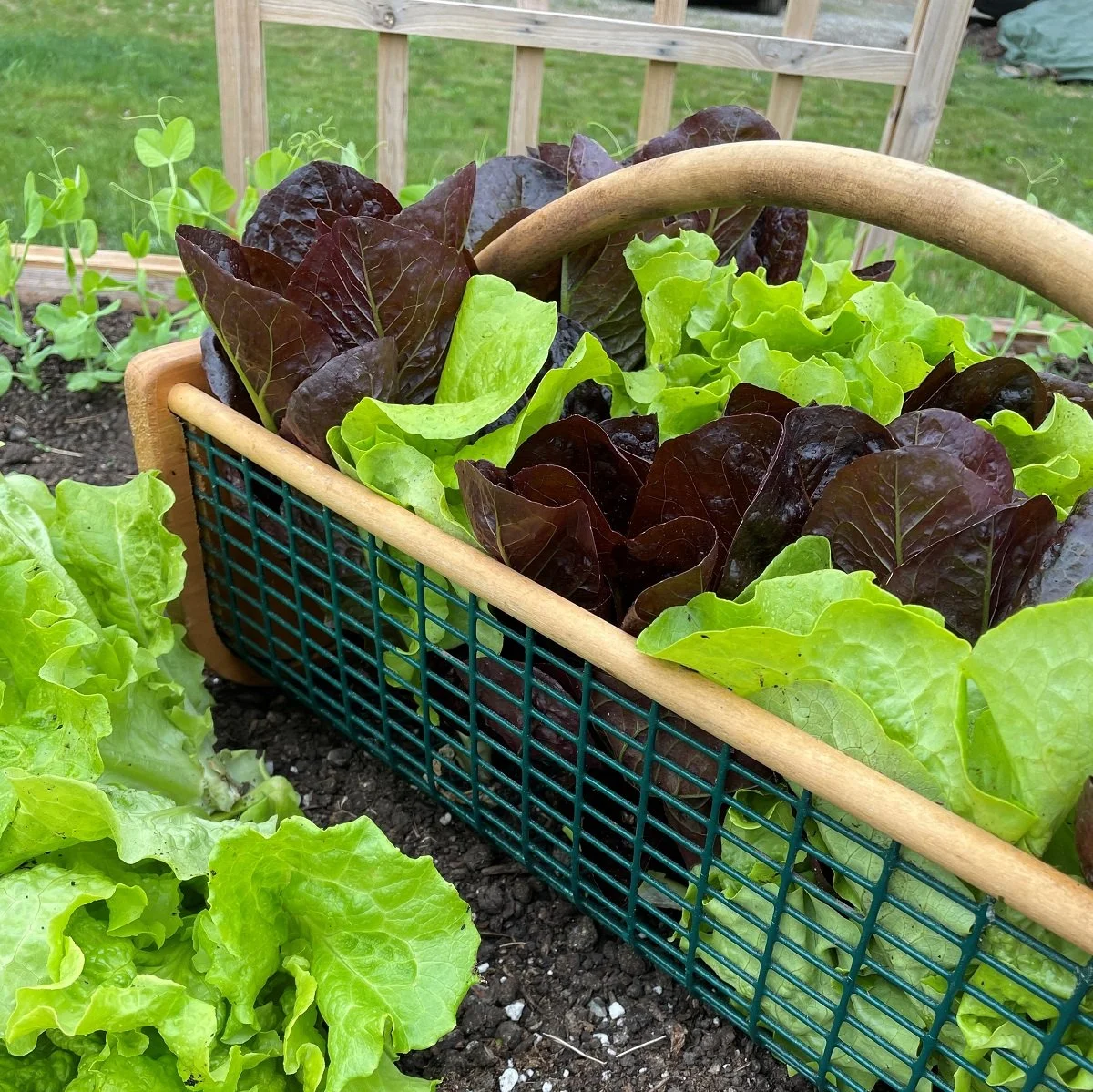How to Plan a Raised Garden Bed for Abundance
Planning is key to success in the garden. Knowing where and when to plant will help you maximize bed space and lead to a more abundant and healthy garden.
Well, it’s here. The shortest month of the year and it’s truly the time to get your garden plan in the works if you haven’t already. Why plan you ask? Truly, that’s a great question! As gardeners, we like to think of ourselves as intuitive beings who plant with a mixture of magic and whimsy. Heck, we love being outside and digging in the dirt! We are immersed in nature and we know how to flow with our gardens.
Benefits of Garden Planning
While all this might be true, the thing is, there are real benefits to creating and sticking with a garden plan, and this is why garden planning is an essential building block in our seed to table Master Class, A Year in the Urban Garden. Tangible results that will have you believing in the process and in how much easier your garden season will be with just a bit of forethought. So let’s look at these advantages more closely.
You will reflect on how to best use your space to grow the crops you want
You will save money because you will not overbuy on seeds or seedlings
A great garden plan will enable you to plant more densely, and get a better harvest
Your plan will have you feeling confident as you transition between cool weather and warm weather crops
A good garden plan will let you group crops that benefit from floating row cover to protect from insect damage
How to start a garden plan
But what if you don’t know where to start or how to start your garden plan? Great question. At gardenologie, we want to remove the stumbling blocks around planning and make this process easy and accessible for you. Here are a few first steps that will help you ease into the task.
Draw out your garden space on a piece of graph paper, try to keep it to scale and have North appear at the top of the page. Indicate any large shrubbery, fences, decking, pathways, etc.
Establish your growing season. Find out when the last and first frost dates are for your growing region. This can be done online via the Farmer’s Almanac.
Lay out your garden twice; once for your cool weather crops (ones that can tolerate frost) and once for your warm weather crops (ones that cannot tolerate frost).
Place your tallest crops and the ones that need trellising to the northernmost part of your garden, so that they don’t shade out any shorter plants.
Plant what you love! Don’t like to eat kale? Don’t plant it! Make sure to have diversity but also be sure to plant enough of what YOU love.
Keep the creepers out of your in ground gardens and raised garden beds. We’re looking at you mint and lemon balm. These herbs can easily become invasive so be sure to keep them in dedicated pots
Don’t have a lot of space? Maybe reconsider massive trailing and vining plants like winter squash and pumpkins. These plants don’t have the same return on investment in regards to space as other more abundant and faster growing plants.
Have a lot of shade? Consider growing in 15 gallon plus grow bags or pots. These can be moved to the sunnier spots in your garden. These work great for not only herbs but determinate tomatoes, peppers and eggplants.
Still unsure of how to begin or what to place where? Lettuce (pun intended) help!
** If you are looking for more hands on support and guidance, visit our Master Class page for more **
The 4x6 Garden Bed Plan
Because we here at gardenologie are passionate about getting you growing in a way that is productive and abundant, we’re sharing with you our custom gardenologie 4’x6’ planting plan. This plan will take you from the spring through the summer and has lots of tasty veg! A quick note, this layout is for a 4 foot x 6 foot raised garden bed and we’ve chosen to place herbs outside of this high yield space and in pots. This plan can of course be modified and customized as you see fit, and we hope it is helpful in planning and moving forward this growing season.
Here are the crops you’ll grow:
Spring Layout: Radish, Peas, Kale, Arugula, Beets, Lettuce, Spinach, Mustard Greens, Pac Choi, Joi Choi, Kohlrabi, Hakurei Turnip.
Summer Layout: Tomatoes, Basil, Cucumbers, Peppers, Eggplant, Zucchini, Kale, Beets, Bush Beans.



